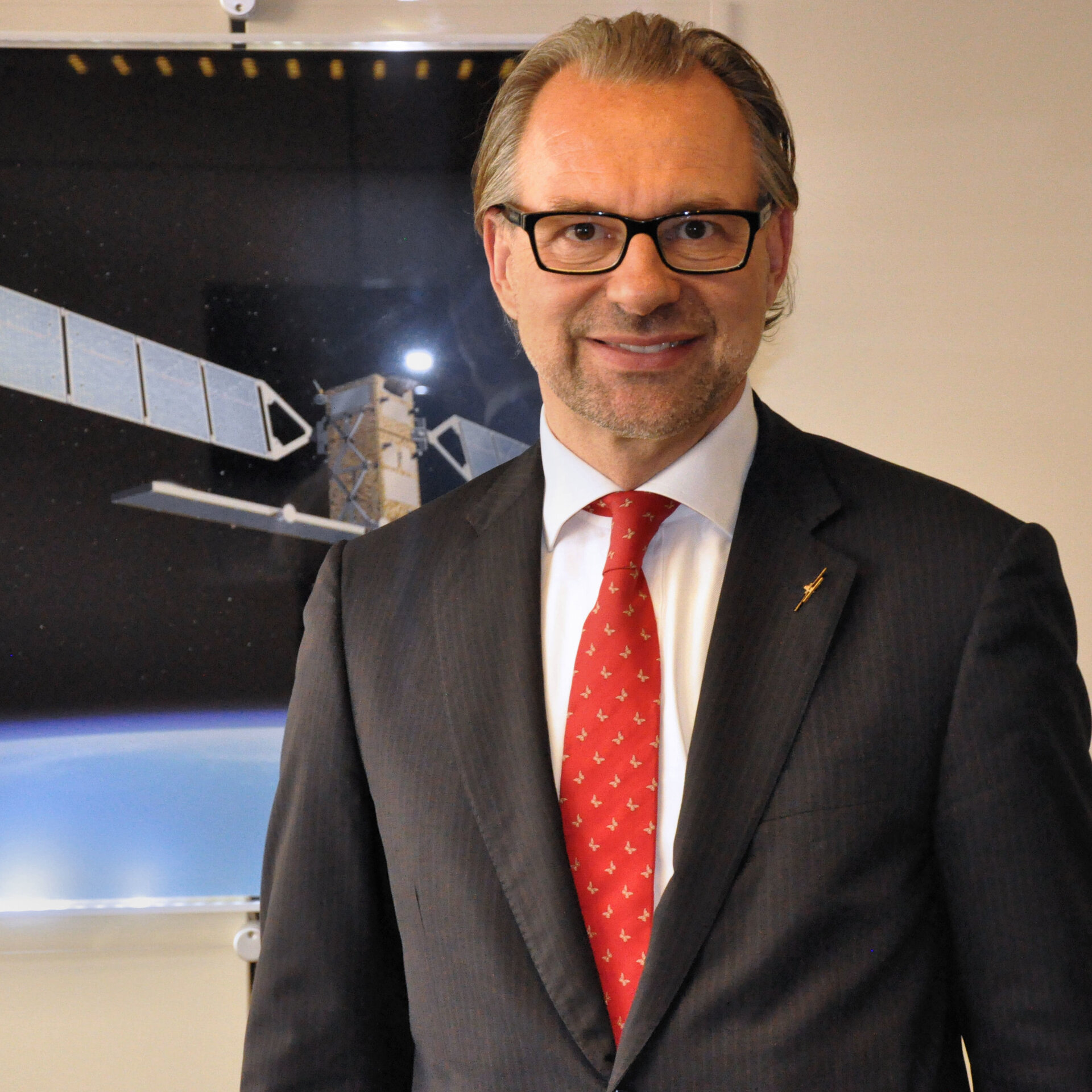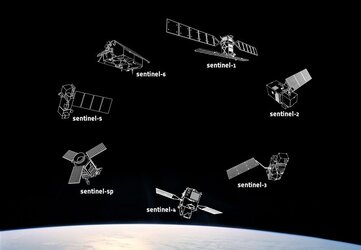Josef Aschbacher: Head of Programme Planning and Coordination Service
Josef Aschbacher is responsible for coordinating ESA’s Earth observation programmes, including the Copernicus Space Office. In an interview, he provides an overview of ESA’s role in Copernicus and the benefits of the first mission being developed for this ambitious programme.

Josef, an Austrian national, joined ESA for the first time at the Centre for Earth Observation (ESRIN) in Italy in 1990. He was later seconded to Southeast Asia for two and a half years to work on a joint ESA-EC space project to introduce the use of ERS-1 data in the ASEAN countries. Upon his return to Europe, he joined the European Commission at the Joint Research Centre (JRC) in Ispra, Italy.
In 2001 he re-joined ESA, working first at ESA’s headquarters in Paris. In 2006 he moved back to ESRIN when he was nominated Head of the Copernicus Space Office (then called the GMES Space Office). In March he was appointed Head of Programme Planning and Coordination Service within ESA’s Earth Observation Directorate.
Josef holds a PhD in Natural Sciences from the University of Innsbruck, Austria.
ESA: Sentinel-1A is the first in a fleet of satellites being developed for Europe’s Copernicus programme. What is the Copernicus programme?
Josef Aschbacher
Copernicus is the most ambitious Earth observation programme ever conceived – nothing else like it exists. It is one of Europe’s two flagship programmes (the other being Galileo) and can be considered the best example of cooperation between the European Union and the European Space Agency. The strengths of each entity is demonstrated through this partnership: the EU has a very strong policy drive and background, while ESA uses its expertise to build satellites for Earth observation to meet the needs of the programme.
ESA: What role does ESA play in the Copernicus programme?
Josef Aschbacher
ESA has a few roles. The first is coordinating the Space Component for Copernicus, which means coordinating the satellite and ground segment aspects, including data access. The second role is developing a new fleet of satellites, the Sentinels. Another important aspect is operating some of the missions, in particular Sentinel-1, -2 and the land part of Sentinel-3. In addition, ESA buys data from Member States and private missions to use within Copernicus.
ESA: Sentinel-1 carries a Synthetic Aperture Radar – what will the radar imagery be used for?
Josef Aschbacher
Radar is very particular because it allows for images to be acquired day and night and in all weather conditions, so it can see through clouds and rain. This means the radar can acquire an image almost every time the satellite flies over an area. Some keys applications of these data are sea-ice monitoring for shipping, oil-spill monitoring, land deformation detection – such as measuring small-scale subsidence – and monitoring land cover changes for agriculture.
ESA: Some of these applications require a frequent revisit time and rapid data dissemination – how will that be made possible?
Josef Aschbacher
Access to data depends on two main factors: how often the satellites acquire data over a certain area and how to get these data to the user. The mission is a constellation of two satellites and can provide imagery of the same spot on Earth at least once every six days at the equator, and more frequently at mid-latitudes (every three days on average). At northern latitudes, the revisit time is even more frequent. This is already a large improvement on the Envisat mission, our ‘workhorse’ up to two years ago. For the second point – how long it takes for the data to get to the user after acquisition – we’re implementing a very rapid data access and dissemination system. With this system, data can get to the user within three hours after acquisition. In certain cases for specialised users, like the European Maritime Safety Agency in Lisbon, data is needed within minutes for situations like oil spill monitoring. For this we have a system put in place that provides images of oil spills ten minutes after acquisition that is then provided to the coast guards. This is an enormous effort but is also a prime example of the progress we’ve made compared to past missions.
Editor's note:
This is one in a series of interviews with a few of the key people that are involved in the Sentinel-1 mission and Copernicus programme. Please check back as the list will be added to over the coming weeks.






